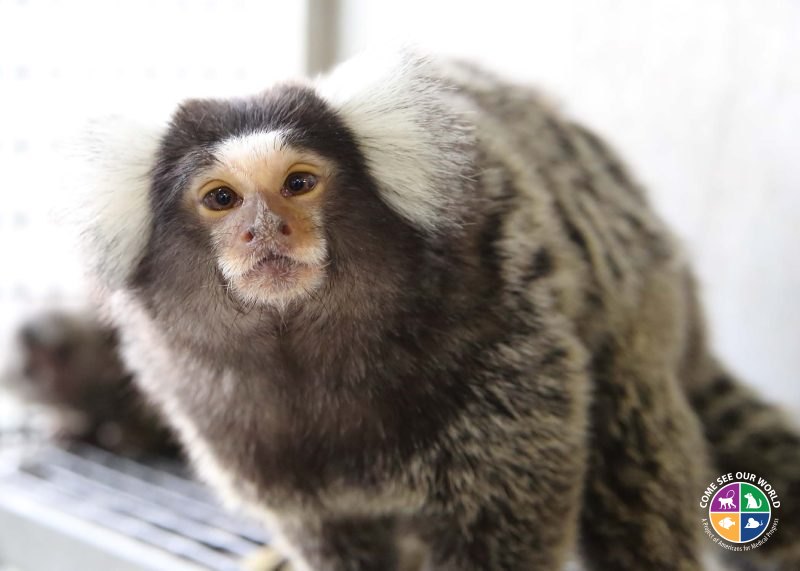A Geriatric Wing for Marmosets
Texas Biomed’s Southwest National Primate Research Center most recently invested $2.5 million to renovate a 12,000-square-foot building to be dedicated exclusively for marmoset housing and research. Marmosets require subtropical environments and have been studied extensively for infectious disease research. Because they have a relatively short life-span compared to…

